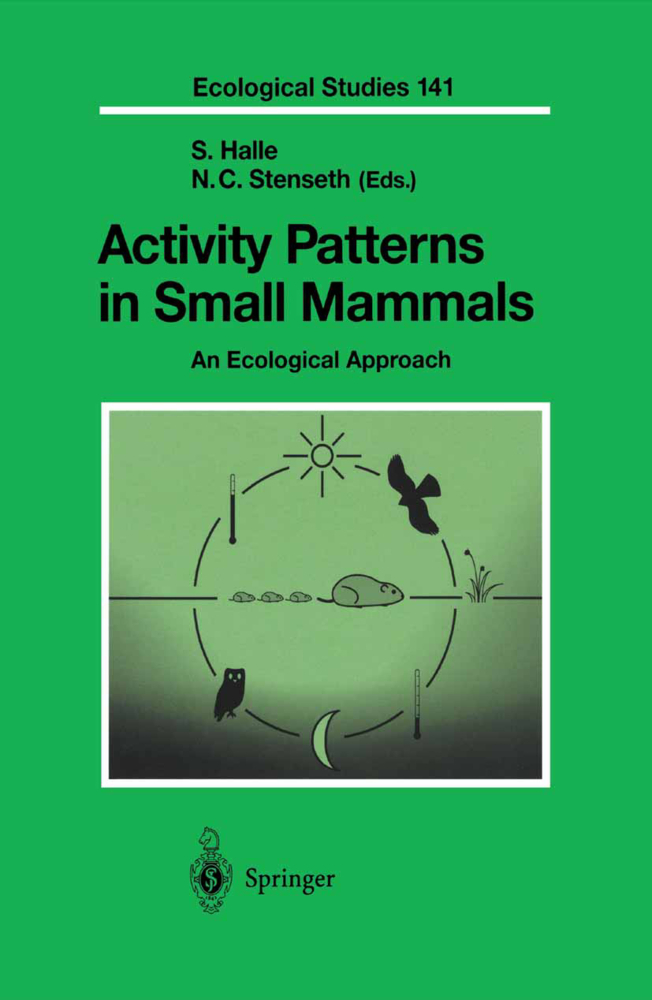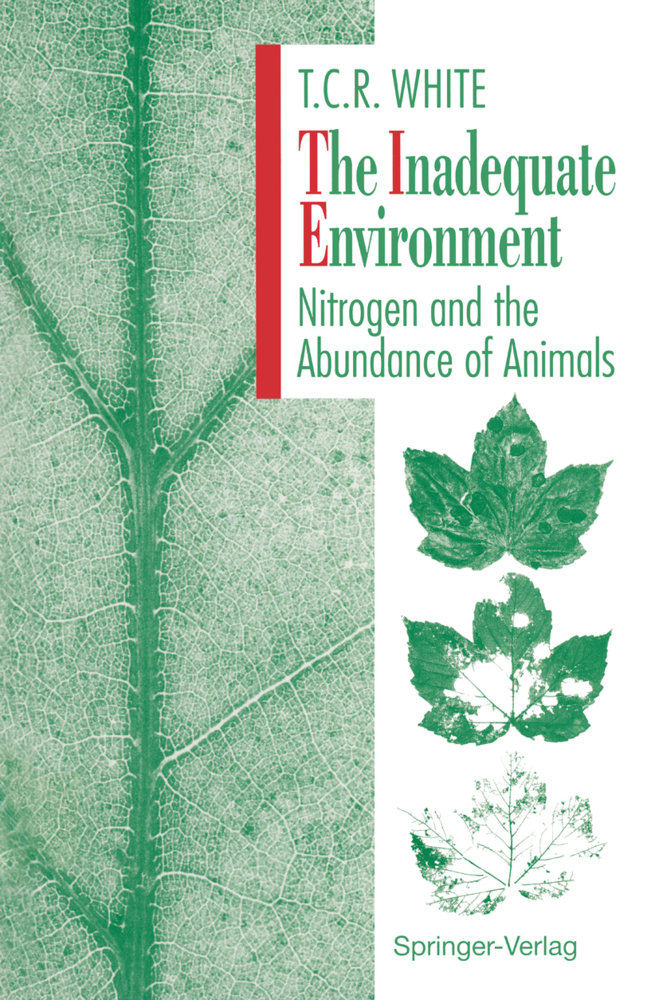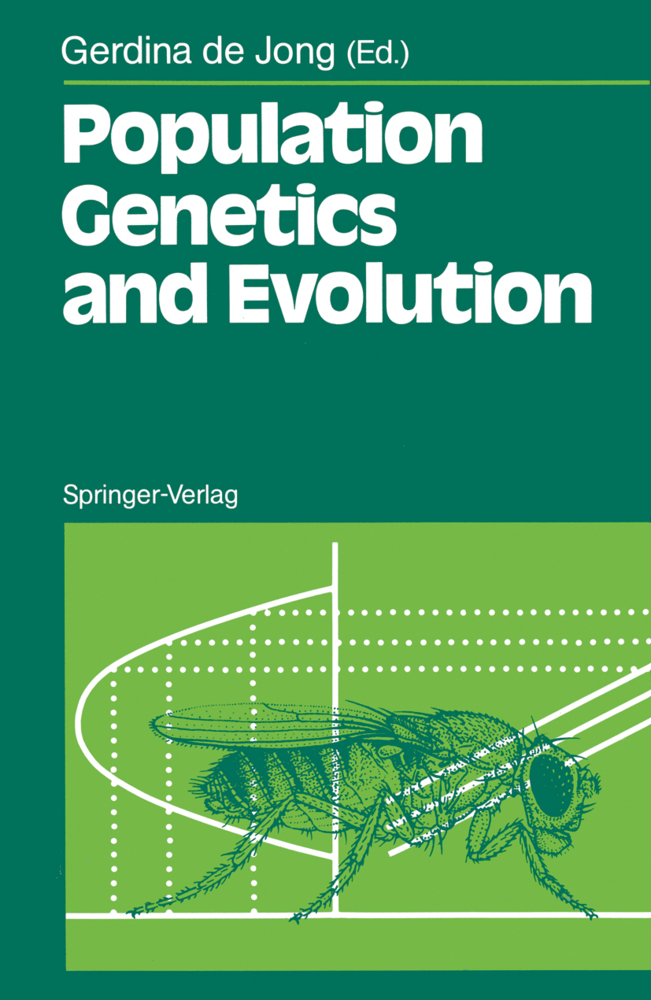Activity Patterns in Small Mammals
An Ecological Approach
Activity Patterns in Small Mammals
An Ecological Approach
Environmental conditions change considerably in the course of 24 h with respect to abiotic factors and intra- and interspecific interactions. These changes result in limited time windows of opportunity for animal activities and, hence, the question of when to do what is subject to fitness maximisation. This volume gives a current overview of theoretical considerations and empirical findings of activity patterns in small mammals, a group in which the energetic and ecological constraints are particularly severe and the diversity of activity patterns is particularly high. Following a comparative ecological approach, for the first time activity timing is consequently treated in terms of behavioural and evolutionary ecology, providing the conceptual framework for chronoecology as a new subdiscipline within behavioural ecology. An extensive Appendix gives an introduction to methods of activity modelling and to tools for statistical pattern analysis.
Section II Theoretical Considerations
Theoretical Considerations - Introduction
2 Activity Patterns and the Biological Clock in Mammals
3 Activity Patterns and Metabolism
4 Ecological Relevance of Daily Activity Patterns
Section III Empirical Findings
Empirical Findings - Introduction
5 Weasels and Martens - Carnivores in Northern Latitudes
6 Mongooses, Civets and Genets - Carnivores in Southern Latitudes
7 Squirrels - Medium-Sized Granivores in Woodland Habitats
8 Activity Patterns of Kangaroo Rats - Granivores in a Desert Habitat
9 Gerbils and Heteromyids - Interspecific Competition and the Spatio-Temporal Niche
10 Wood Mice - Small Granivores/Insectivores with Seasonally Variable Patterns
11 Voles - Small Graminivores with Polyphasic Patterns
12 Djungarian Hamsters - Small Graminivores with Daily Torpor
13 Shrews - Small Insectivores with Polyphasic Patterns
14 Bats - Flying Nocturnal Mammals
Section IV Conclusion
15 Chronoecology: New Light Through Old Windows - A Conclusion
Measuring and Analysing Activity of Small Mammals in the Laboratory and in the Field.
Section 1 Introduction
1 IntroductionSection II Theoretical Considerations
Theoretical Considerations - Introduction
2 Activity Patterns and the Biological Clock in Mammals
3 Activity Patterns and Metabolism
4 Ecological Relevance of Daily Activity Patterns
Section III Empirical Findings
Empirical Findings - Introduction
5 Weasels and Martens - Carnivores in Northern Latitudes
6 Mongooses, Civets and Genets - Carnivores in Southern Latitudes
7 Squirrels - Medium-Sized Granivores in Woodland Habitats
8 Activity Patterns of Kangaroo Rats - Granivores in a Desert Habitat
9 Gerbils and Heteromyids - Interspecific Competition and the Spatio-Temporal Niche
10 Wood Mice - Small Granivores/Insectivores with Seasonally Variable Patterns
11 Voles - Small Graminivores with Polyphasic Patterns
12 Djungarian Hamsters - Small Graminivores with Daily Torpor
13 Shrews - Small Insectivores with Polyphasic Patterns
14 Bats - Flying Nocturnal Mammals
Section IV Conclusion
15 Chronoecology: New Light Through Old Windows - A Conclusion
Measuring and Analysing Activity of Small Mammals in the Laboratory and in the Field.
| ISBN | 978-3-540-59244-0 |
|---|---|
| Medientyp | Buch |
| Copyrightjahr | 2000 |
| Verlag | Springer, Berlin |
| Umfang | XXII, 322 Seiten |
| Sprache | Englisch |









